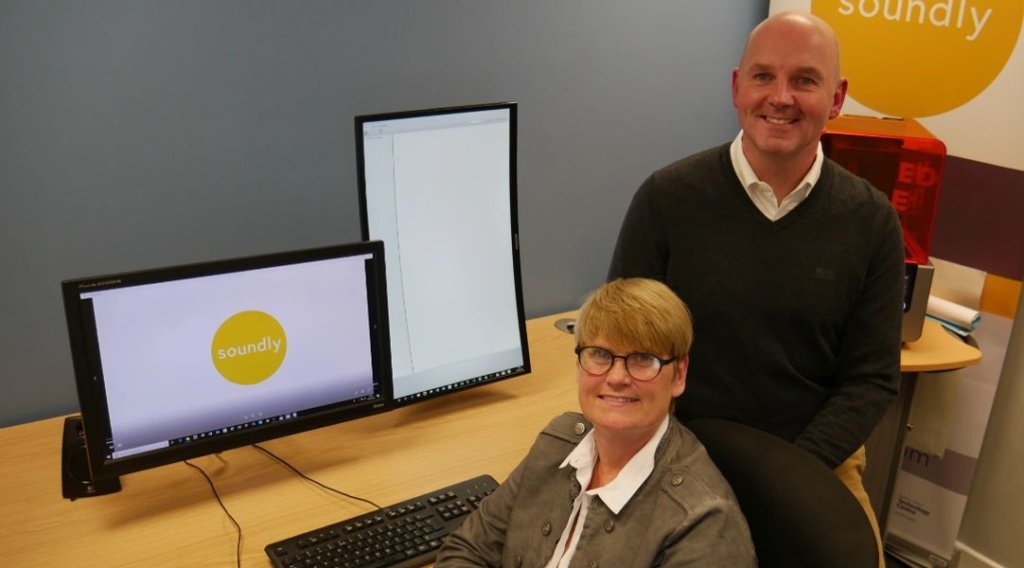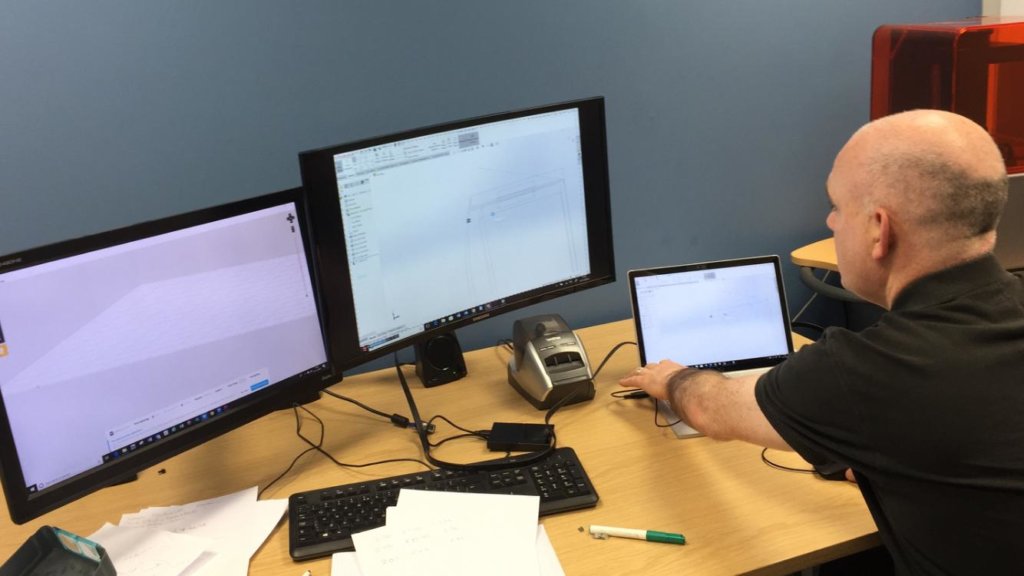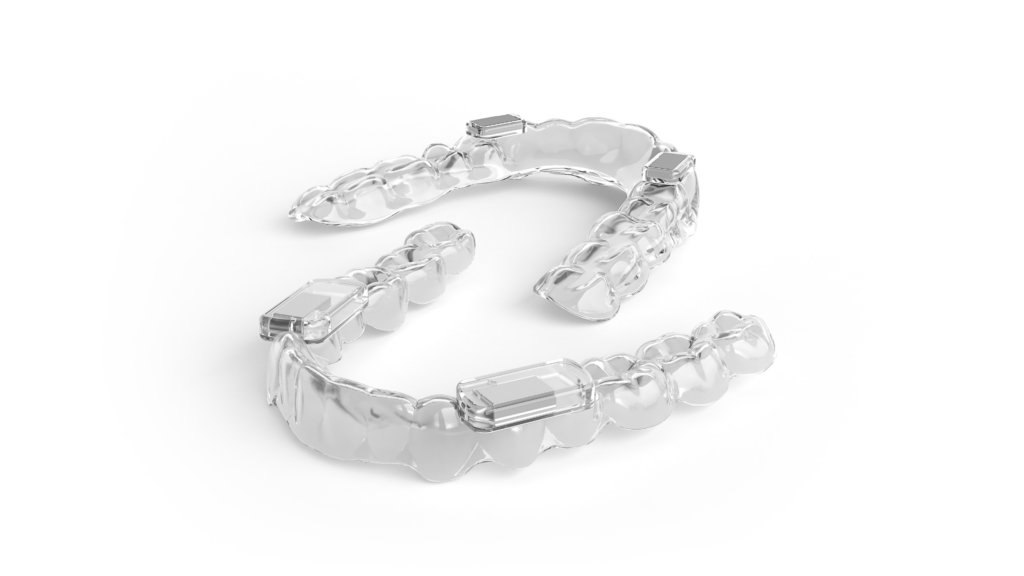Company background:
CinchORTHO is a dental laboratory owned by husband and wife, William and Judy Purvis who specialise in developing and manufacturing dental aligners, anti-snoring and sleep apnoea devices. The company is based in River House Business Centre in Coleraine.
Challenge:
The company developed an anti-snoring device called ‘Soundly’ but during the development process they had to outsource all Computer Aided Design (CAD) development. This proved to be very frustrating as a lot of time was spent calling and emailing which significantly slowed down the design and manufacturing process for CinchORTHO who had ideas for making enhancements to existing products and developing new products but lacked the skills in 3D CAD design to make these ideas a reality.
Solution:
In order to overcome this obstacle, William and Judy made contact with North West Regional College (NWRC) Business Support Centre (BSC) who supported them through the InnovateUs programme which is funded by the Department for Economy.
This provided 60 hours of 1:1 mentoring support from NWRC Product Design Centre Manager, Philip Devlin, who trained William in areas such as; new product development, 3D CAD and rapid prototyping which enabled the company to speed up the design and development process.
Impact:
On completion of the project, ‘Soundly’ was successfully offered to patients at Dublin’s Blackrock Sleep Clinic as part of an overall snoring and sleep apnoea treatment regime.
Testimonial from William discussing the benefits of working with NWRC’s Philip Devlin:
‘’Having previously worked with the Northern Ireland Technology Centre (NITC) at Queen’s University, Belfast, on our first Mandibular Repositioning Devices (MRD), the patent for which was published in January, we contacted Philip Devlin of NWRC’s PDC in Limavady because we wanted to develop two more devices.
‘’As with the previous collaboration with NITC, we had the concept for the new devices drawn out on many sketches but needed the help of Philip and his Solidworks experience to turn them into reality. The prime desire for all three devices was that they were designed using dental Computer Aided Design (CAD) software and 3D printed, meaning they’re smaller and stronger than other devices.
‘’We’d already invested in the software and 3D printers so by working alongside Philip on a 1:1 basis through the InnovateUs programme, we were able to design components, print trial devices and make alterations very quickly. At the same time, we also learnt a lot about Solidworks which allowed us to design small specific features that improved the end design.
‘’All the way through the process we were in contact with dentists and doctors, specialising in the field of sleep medicine who provided feedback which was then fed back into our design changes. We’re still amazed at just how quickly development moved once Philip came on board. It only took three months from when we met Philip to sign off two designs.
‘’We also recently demonstrated our range of devices at the Irish Society for Dental Sleep Medicine and to specialists in the Irish Sleep Society. They’re now included in a range of MRDs demonstrated to patients attending Blackrock Clinic’s sleep clinic.’’



